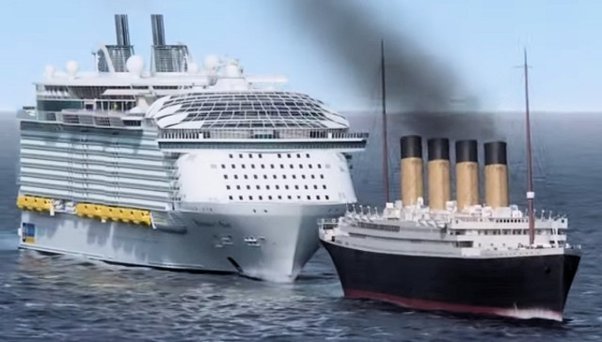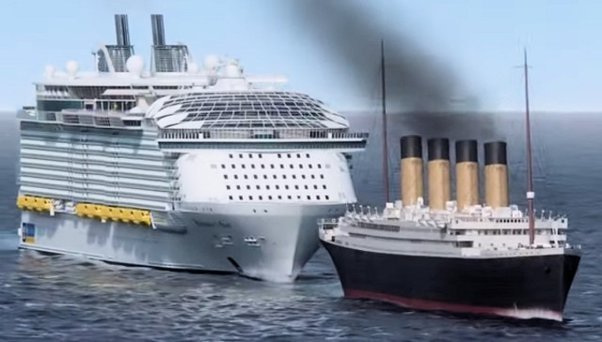The term “muster” means the act of assembling. This is exactly what crew and passengers perform during the compulsory safety briefings on all cruises known as”a muster drill..
According to the International Convention for the Safety of Life at Sea, all passenger vessels must carry a muster drill for cruises for the initial 24 hours of the journey. The drill is a simulation of a naval emergency, and allows passengers to become familiar with the alarm’s sound and also to be aware of the details they’ll need be aware of to remain protected in the case of an emergency at sea.
Every ship has designated stations, which are gathering locations for passengers in the event of an emergency, usually on decks that are open to the lifeboats. They’re usually arranged by proximity to the cabin The crew also keeps the list of names that are assigned to a muster station, so that they can make a roll-call and ensure everyone is present. Muster drills for cruise ships usually will require passengers to meet with their respective muster locations (designated on the safety signs within your room) However, on larger ships, passengers may gather in larger spaces for example, the theater, which can accommodate more people to receive instruction.
In the course of the drill the emergency siren will be sounded and the participants can get their ears to the sound. The crew and captain of the ship will explain safety protocols and will also point out the locations of life jackets and showing how to put them on them swiftly. (Passengers typically have to take their own life vests and safety gear to the drill, and wear them once they are there.) Members of the crew will outline the most efficient escape routes in the event that passengers need to leave the vessel in a crisis situation.
Everybody, including children should attend the muster drill even whether you’ve previously sailed on the same vessel or cruise line before. All passengers must remain calm and follow the instructions during the exercise, so that everyone can be able to hear the safety instructions.




